
Sand collects in shallow parts of the
ocean like the place shown in (A). It is carried to the sea by
rivers that move sediment from eroding mountains. The larger grains of sediment are
deposited closer to shore and the smaller grains are deposited further from shore. The sand often forms ripples, like you can see in (A), and even underwater sand dunes and may eventually become layers of
sedimentary rock called sandstone like that shown in (B).
How do people get to the shallow ocean? They scuba dive!
Back to the Table of Environments
Both images courtesy of Martin Miller, University of Oregon and the Earth Science World Imagebank.
Last modified January 6, 2004 by Lisa Gardiner.
You might also be interested in:
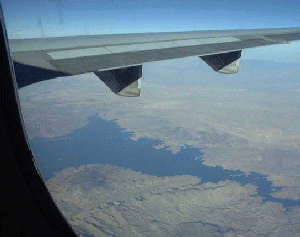
Rivers are very important to Earth because they are major forces that shape the landscape. Also, they provide transportation and water for drinking, washing and farming. Rivers can flow on land or underground
...more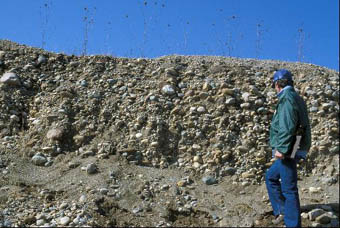
When water or wind loses energy and slows down, sediment can no longer be carried in it. The particles of sediment fall through the water or air and form a blanket of sediment on the bottom of a river,
...more
Scuba stands for self-contained, underwater breathing apparatus. It means that scuba divers carry all of the breathing medium they need with them for the duration they are underwater. Open-Circuit scuba
...more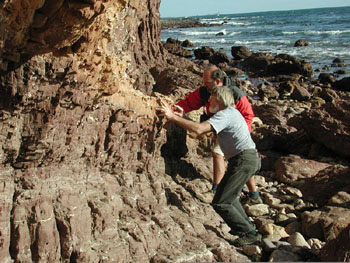
An abrupt release of methane, a powerful greenhouse gas, from ice sheets that extended to Earth's low latitudes some 635 million years ago caused a dramatic shift in climate, scientists funded by the National
...more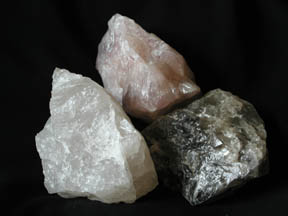
Each type of mineral is made of a unique group of elements that are arranged in a unique pattern. However, to identify minerals you don’t need to look at the elements with sophisticated chemical tests.
...more
Quartz is the second most common mineral in Earth’s crust. It is a member of the quartz group, which includes less common minerals such as opal, crystobalite, and coesite. Silica (Si) and Oxygen (O) are
...more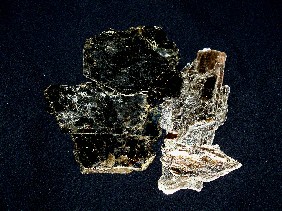
Mica minerals make some rocks sparkle! They are often found in igneous rocks such as granite and metamorphic rocks such as schist. They sparkle because light is reflected on their flat surfaces, which
...more















